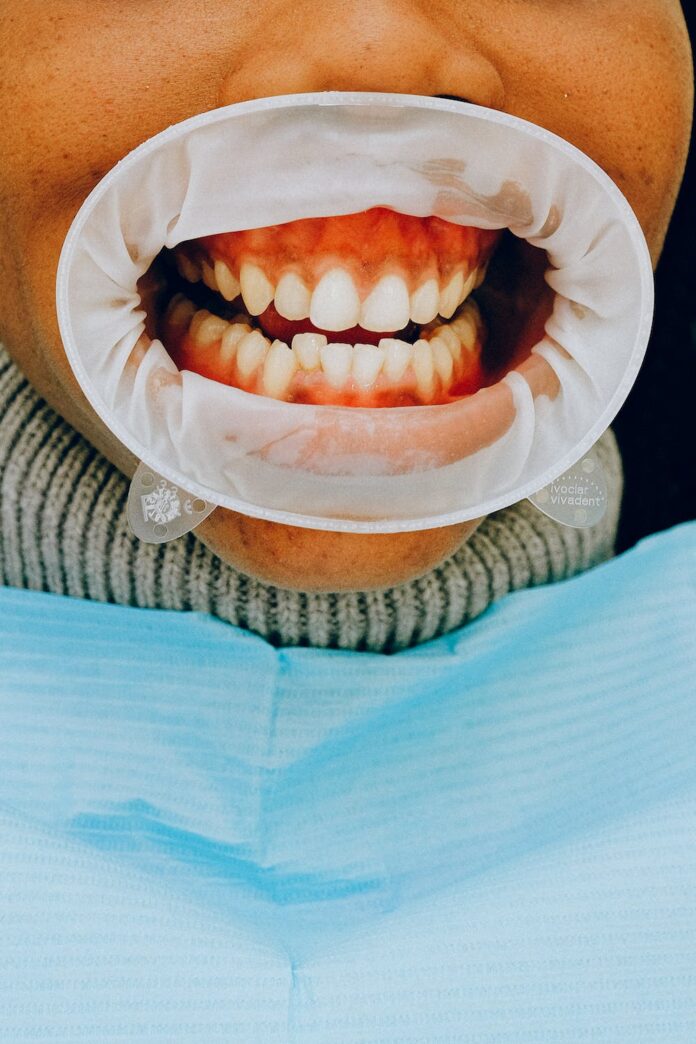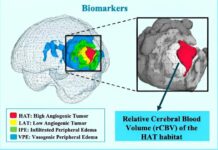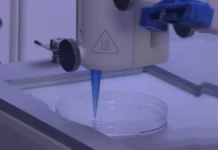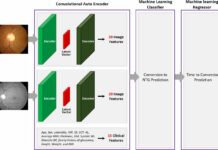A new device developed by University of Cincinnati engineers can let you know about the early risks of tooth decay, for example, gingivitis and periodontitis.
Gingivitis is the earliest form of gum disease, which isn’t caused by just any bacteria. The problem researchers faced was singling out the bacteria that cause the disease.
Andrew Steckl, a distinguished research professor in UC’s College of Engineering and Applied Science, said,
It’s been quite the challenge to get to the point where we can detect this toxin created by the bacteria responsible for gingivitis,
Steckl and UC Senior Research Associate Daewoo Han collaborated with Sancai Xie, describing their results in a paper published in Sensors and Diagnostics.
Steckl’s research team has been figuring out biosensing for multiple applications. They studied stress hormones in collaboration with the Air Force Research Lab at Wright-Patterson Air Force Base. Moreover, they are currently studying saliva.
He said,
There are good reasons to use saliva,
It’s relatively plentiful and easy to obtain through noninvasive methods. And saliva has a lot of important elements that can act as indicators of your health.
Gingivitis-causing bacteria can travel through the bloodstream and lead to cardiovascular disease, along with other severe health conditions.
But saliva is complicated, according to Han.
The lead author of the study, Han, said,
We wanted to target a biomarker in saliva. But saliva is hard to use,
Researchers used potato starch to pretreat the sample and removed the protein amylase, which supposedly interferes with the test results. The test utilizes antibodies that react to the bacterial endotoxins.
Moreover, Steckl said that making a sensor needed precise selectivity and sensitivity.
He said,
Daewoo worked very hard on many dead-ends before he had success,
I tell my students that research is search, search and re-search until you find the answer.
Health testing for pregnancy has been available for years. COVID-19 allowed a wide audience of consumers to adapt to the concept of monitoring their health at home with new technology.
Steckl said that there is a lot of opportunity.
Our results definitely show promise,” Steckl said. “Sometimes it comes easy. Most of the time you have to persevere.




